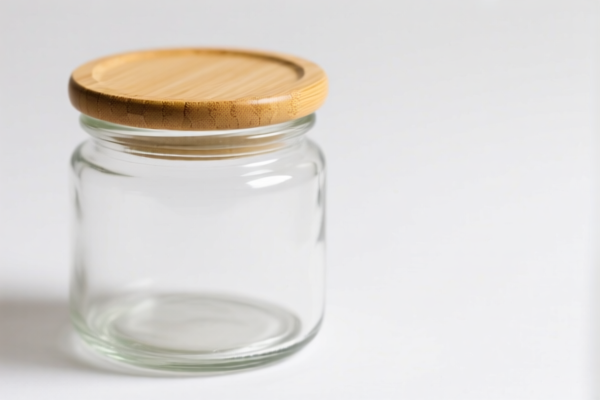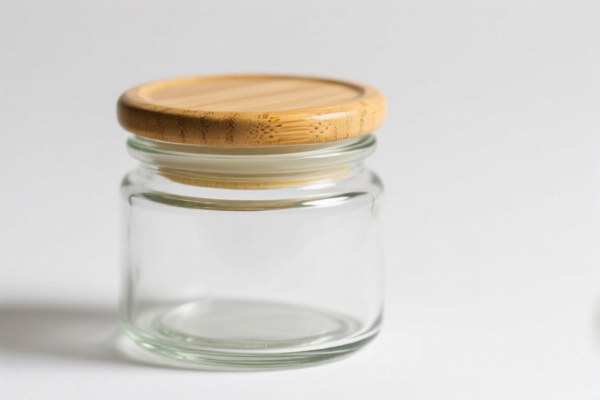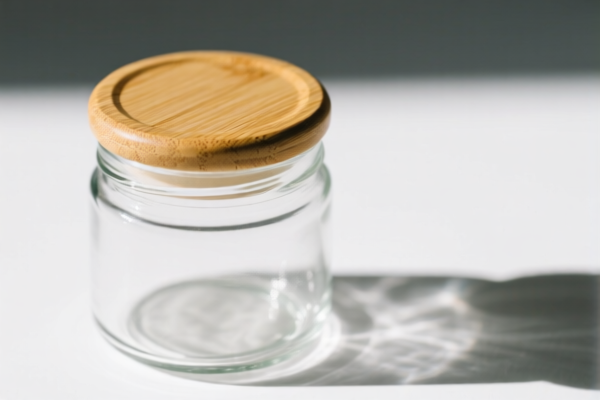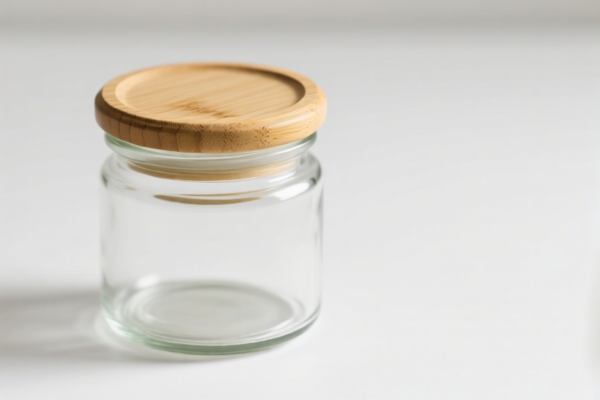| HS Code | Official Doc | Tariff Rate | Origin | Destination | Effective Date |
|---|---|---|---|---|---|
| 7010905035 | Doc | 55.0% | CN | US | 2025-05-12 |
| 1401100000 | Doc | 55.0% | CN | US | 2025-05-12 |
| 1404909090 | Doc | 55.0% | CN | US | 2025-05-12 |




Okay, let's break down the HS codes and tax implications for your declared goods: "GLASS JAR WITH BAMBOO". Here's a detailed analysis to help you understand the classification and potential costs.
Understanding HS Codes – A Quick Guide
HS codes (Harmonized System codes) are internationally standardized codes used to classify traded products. The first 6 digits are generally the same worldwide, while additional digits are used for more specific categorization by individual countries.
1. HS Code: 7010.90.50.35 – Glass Containers (Capacity exceeding 0.15L but not exceeding 0.33L, Mouth Diameter ≥ 38mm)
- 70: Glass and glassware. This chapter covers all products made of glass.
- 7010: Containers of glass, of a kind used for the conveyance or packing of goods; preserving jars of glass; stoppers, lids and other closures, of glass. This narrows it down to containers specifically.
- 7010.90: Other containers (with or without their closures). This indicates it's a glass container not specifically covered in earlier subheadings.
- 7010.90.50: Of a capacity exceeding 0.15 liter but not exceeding 0.33 liter. This specifies the size range.
- 7010.90.50.35: Having a mouth with an outer diameter of
38 mm or more. This further defines the container by its opening size.
Tax Implications (7010.90.50.35):
- Basic Duty: 0.0%
- Additional Tariff: 25.0%
- Post April 2, 2025: Additional Tariff increases to 30.0%
- Total Tax: 55.0%
Important Notes for 7010.90.50.35:
- Material Confirmation: Ensure the jar is entirely made of glass. Any significant non-glass components might change the classification.
- Capacity Accuracy: Verify the jar's capacity falls within the 0.15L - 0.33L range.
- Mouth Diameter: Double-check the outer diameter of the jar's mouth.
2. HS Code: 1401.10.00.00 – Bamboo
- 14: Vegetable products not elsewhere specified or included. This chapter covers raw vegetable materials.
- 1401: Vegetable materials of a kind used primarily for plaiting. This focuses on materials used for weaving or similar purposes.
- 1401.10: Bamboos. This specifically identifies bamboo.
- 1401.10.00.00: No further breakdown – this is the specific code for bamboo.
Tax Implications (1401.10.00.00):
- Basic Duty: 0.0%
- Additional Tariff: 25.0%
- Post April 2, 2025: Additional Tariff increases to 30.0%
- Total Tax: 55.0%
Important Notes for 1401.10.00.00:
- Treatment of Bamboo: Is the bamboo raw, cleaned, bleached, or dyed? The classification remains the same, but documentation of any treatment is helpful.
- Intended Use: While the code is for plaiting materials, confirm the bamboo's primary intended use.
3. HS Code: 1404.90.90.90 – Other Vegetable Products
- 14: Vegetable products not elsewhere specified or included.
- 1404: Vegetable products not elsewhere specified or included.
- 1404.90: Other vegetable products.
- 1404.90.90: Other.
- 1404.90.90.90: Other. This is a very broad "catch-all" category.
Tax Implications (1404.90.90.90):
- Basic Duty: 0.0%
- Additional Tariff: 25.0%
- Post April 2, 2025: Additional Tariff increases to 30.0%
- Total Tax: 55.0%
Important Notes for 1404.90.90.90:
- Specificity is Key: This code is very general. Why is this code being used? Providing a detailed description of the vegetable product is crucial to avoid potential issues with customs. If the bamboo component is processed in a way that it's no longer simply "bamboo," this code might be appropriate, but it needs justification.
- Detailed Description: Provide a very detailed description of the product to customs.
Recommendations:
- Confirm Material Composition: Ensure the glass jar is entirely glass and the bamboo is accurately described.
- Verify Capacity & Dimensions: Double-check the capacity of the jar and the mouth diameter.
- Detailed Product Description: For the 1404.90.90.90 code, provide a comprehensive description of the vegetable product and its intended use.
- Consider the April 2, 2025 Tariff Changes: Factor in the potential tariff increase when calculating costs.
- Invoices & Documentation: Have accurate invoices and packing lists readily available.
- Contact a Licensed Customs Broker: If you are unsure about any aspect of the classification or import process, consult a licensed customs broker in your destination country. They can provide expert guidance and ensure compliance with all regulations.
Disclaimer: I am an AI chatbot and cannot provide definitive customs advice. This information is for general guidance only. Always consult with a qualified customs professional for specific import requirements.
Customer Reviews
The tariff details and the note about the April 2, 2025 changes were very relevant. It would be great to see a comparison of the rates before and after that date for clarity.
The info on HS Code 1404.90.90.90 was eye-opening. I had no idea that it's a catch-all category. The reminder to provide a detailed description for customs is something I'll definitely keep in mind.
I found the explanation of HS Code 1401.10.00.00 useful, but I wish there were more examples of how bamboo is classified under different treatments. Still, it's a solid start.
The breakdown of HS Code 7010.90.50.35 was extremely helpful for understanding the specifics of glass jars. The detailed notes on capacity and mouth diameter made it clear what to look for.